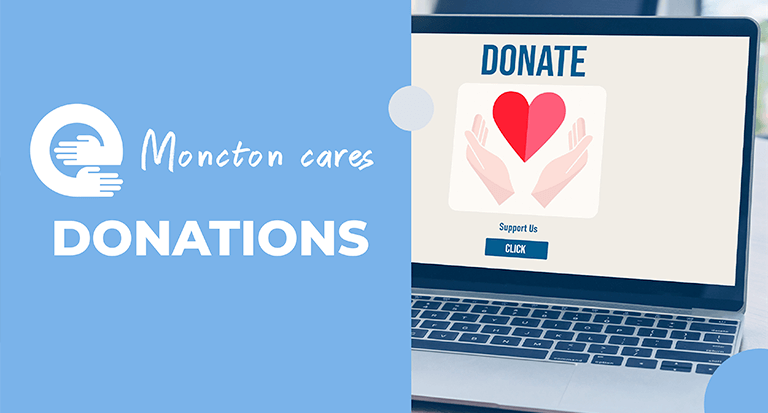EI is short-term financial assistance provided by the Canadian government to unemployed people as they make their next career move.
Can I get EI?
If you’ve lost your job because of no fault of your own, like from work shortages or seasonal lay-offs, you can probably collect EI. If you voluntarily left your job or were fired because of something that was your fault, you can’t get EI.
Depending on where you live, you must have worked between 420 and 700 insurable hours. Find out the requirements for your region – have your postal code ready!
To be able to get regular EI benefits, you must also have:
- paid EI payments while you were working
- been unemployed for at least one week
You can also get special EI benefits.
What EI benefits can I get?
Most people get about 55% of their average insurable weekly earnings, up to a maximum amount $543 per week as of January 1, 2017.
You can get benefits from 14 weeks to 45 weeks, depending on where you live.
To get a sense of how EI is distributed, check out the characteristics of your region.
How do I apply for EI?
You must apply for EI within four weeks of losing your job, or else you may lose benefits.
To apply, submit an application for EI online. You will need:
- your Social Insurance Number (SIN)
- your mother’s maiden name
- your address
- your banking information for direct deposit
- names, addresses, dates of employment, and reason for separation for all your employers in the past year
- the dates of your highest paid weeks of insurable earnings in the past year
What happens if I get approved?
If you’re entitled to regular EI benefits, your’ll receive your first payment within 28 days of submitting your application.
To keep receiving regular benefits, you must:
- look for a new job
- go to your EI appointments
- report all the extra money you make while you are on EI
- report any work you do while you are on EI (even if you haven’t been paid yet)
- report if you will be out of the country or city








